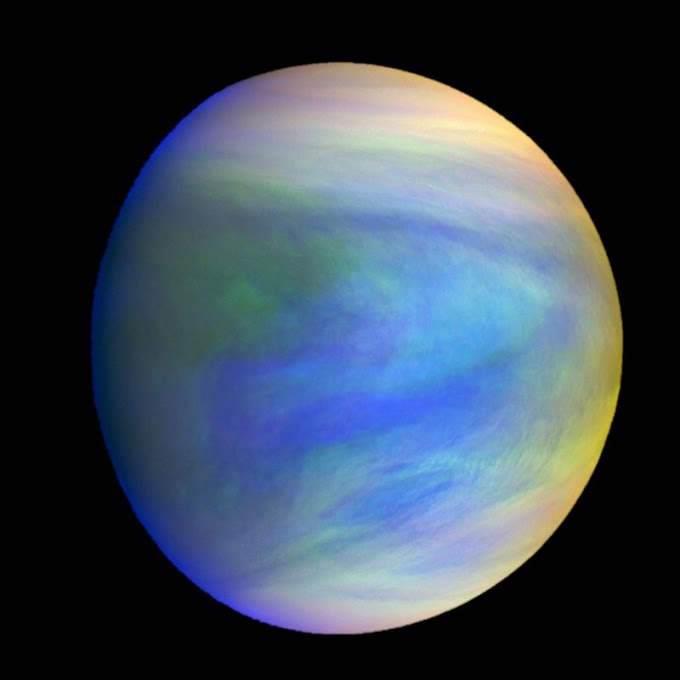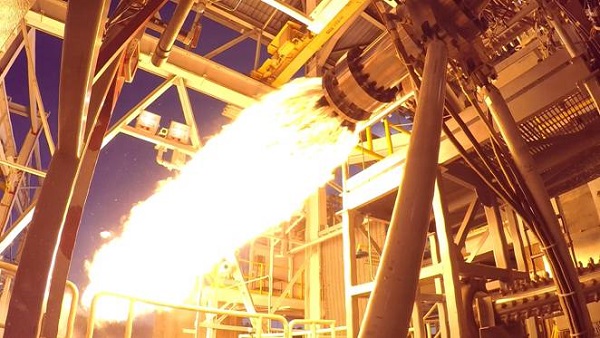The title of this article is a question that has been lingering in my mind for quite some time. I have always wondered, the thick smoke spewed out by monstrous rocket machines launching into the sky should produce some serious pollution right? Moreover, why isn't people not talking enough about the pollution made by the launches?
 |
| Come on, this clearly doesn't look good for the atmosphere Credit: PTI/ISRO |
Up until recently, the pollution caused by rocket launches were sidelined for the huge technology advancement space industry has gifted humankind. However, as the risks of climate change gets more profound day-by-day, and rocket launches getting more frequent than ever before sidelining its impacts would be perilous. It is certain and obvious that the launch frequency of rockets is not going to reduce considering how space-based startups are budding across the globe. Low-cost satellite technology would directly result in frequent rocket launches and this leads to more emissions.
POLLUTANTS PRODUCED BY A ROCKET
A rocket can produce a wide variety of pollutants which depends on the types of fuel used. In the following list, we will take a peek into some of the common by-products of combustion from a rocket engine.
- Liquid Hydrogen / Liquid Oxygen (Hydrolox) - Water vapor and Oxides of Nitrogen. The oxides of nitrogen are not the direct by-products of the combustion but forms due to the interaction between the hot exhaust with atmospheric nitrogen.

Delta - IV Heavy lifting off using its RS-68A engines
Credit: WikimediaCommons - RP-1 / Liquid Oxygen (Kerolox) - Water vapor, Oxides of Carbon, Oxides of Nitrogen, Carbon soot, trace amounts of Sulfur compunds.
- Solid Propellants - These are one of the most polluting fuels used in the sector. Exhaust contains Oxides of Carbon, Oxides of Nitrogen, Sulfurous compounds, Aluminum Oxide, Hydrogen Chloride etc.
- Hypergolics - Hypergolics are fuels which combust spontaneously when the fuel and oxidizer come in contact. By-products include Oxides of Carbon, Carbon soot, Oxides of Nitrogen and Sulfurous compounds. The most famous example of hypergolics being used is in the Ascent stage of the Lunar Module for Apollo missions. In the video below you can see the Ascent stage escaping the lunar surface which was powered by hypergolic fuels.
A DIFFERENT PERSPECTIVE
Let us consider the most powerful rocket in service right now - the SpaceX Falcon Heavy. The first stage of this mighty beast carries about 280 metric tons of liquid oxygen and 120 metric tons of RP1 (a highly refined form of kerosene). High school chemistry tells us that the combustion process of kerosene would release CO2 which as we now know is a massive contributor to global warming. So, a single Falcon Heavy launch could produce enough CO2 in a few minutes than a commuter car would produce in decades or even centuries.
The space sector was hit very badly due to the COVID19 pandemic in 2020, so let us see how man launches took place in 2019. The year saw a total of 102 launches of which 5 were failures. The number was 74 in 2010. 2021 would have even more launches as many of the launches scheduled for 2020 has been bumped to the next year. Our point is simple, the number of rocket launches is only going to inflate over the coming years. Which means increased emission due to rocket launches.
Popular Youtuber, Everyday Astronaut, who is very keen about anything about rockets has provided in his website some rough figures for the emission from some of the popular rockets used. In his website, he adds that as compared to the airline industry, the emissions produced by rockets are minuscule which is true. However, we are missing something.
 |
| Rocket Emissions Credits: Everyday Astronaut |
WHY ROCKET EMISSIONS MUST BE TAKEN SERIOUSLY?
The main argument as to why rocket emissions must be taken seriously is the lack of governmental regulation. Space agencies and launch providers are not obligated to keep their emissions low and there is no mechanism to check the same. Moreover, as the rocket traverses across the atmospheric layers, the emissions from the rocket could have a different effect on different layers which is not yet fully understood. It is quite strange to realize that we haven't yet given it much thought to think about our planet when we launch rockets into others.
Airline emissions are confined to the lower layers of the atmosphere of which a large portion is washed down to the Earth by precipitation. Rockets on the other hand spew out their exhaust higher up in the atmosphere which takes even longer to settle down. The soot from solid rocket boosters is found to have heated up the upper stratosphere which on a long term is detrimental to ozone depletion.
The problem was so concerning that the United Nations included ozone depletion due to rocket emission in their 2018 Quadrennial Ozone Depletion Assessment.
A study by the University of Colorado at Boulder estimated that global rocket launches only contribute to about 1% of the total ozone depletion but that was 10 years ago. With launches getting more frequent this figure could rise though marginally which is not really a cause of concern for now. But that shouldn't be a reason to stop us from improving how rockets are made - more emissions happen due to the manufacturing of rockets than the launch itself, investing in researching and developing cleaner rocket fuels which won't leave that much of a dent on an already dented environment.
Hence, it must be an important goal of space agencies and industries invested in the sector to seek out new technology to keep the negative impact low.






0 Comments